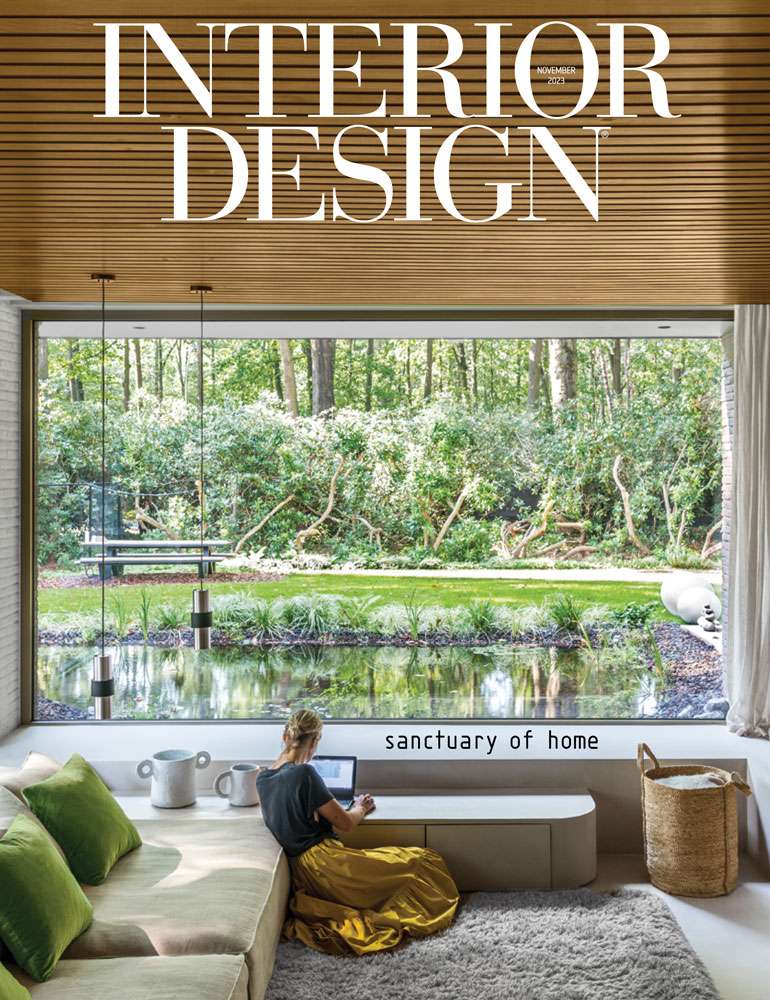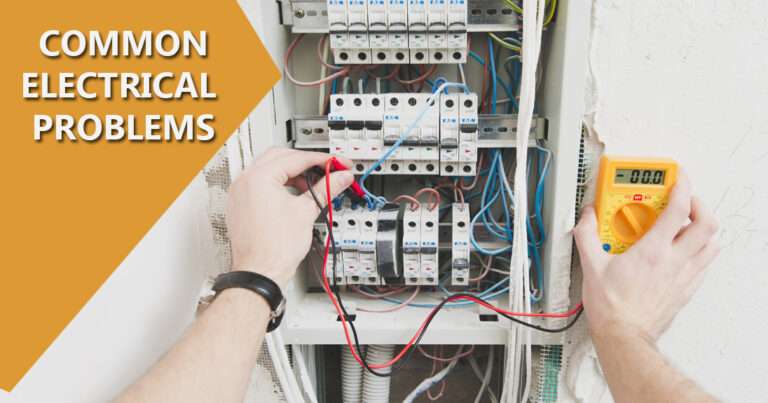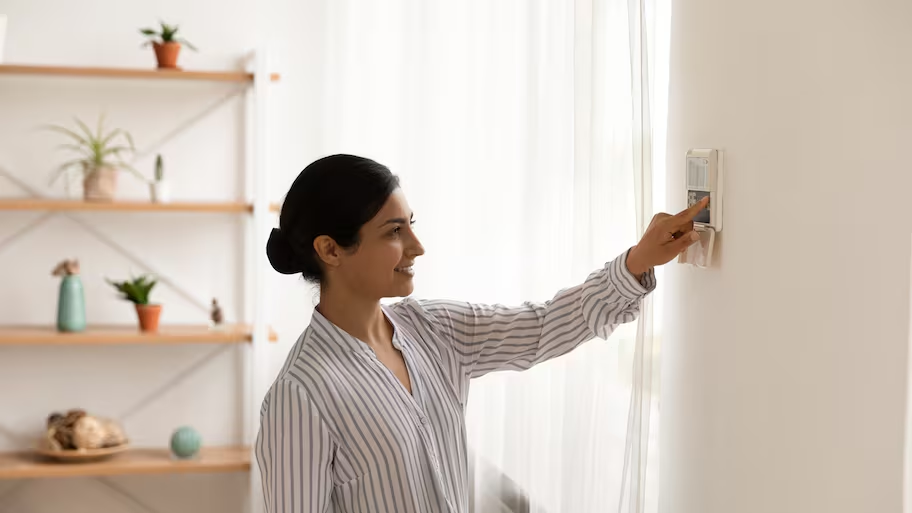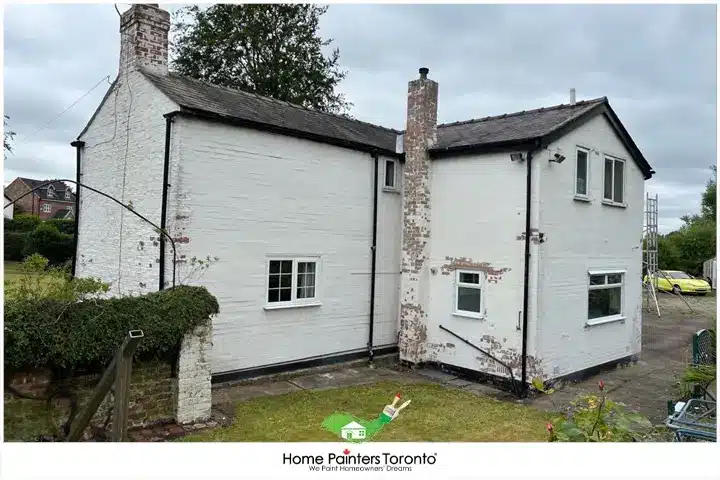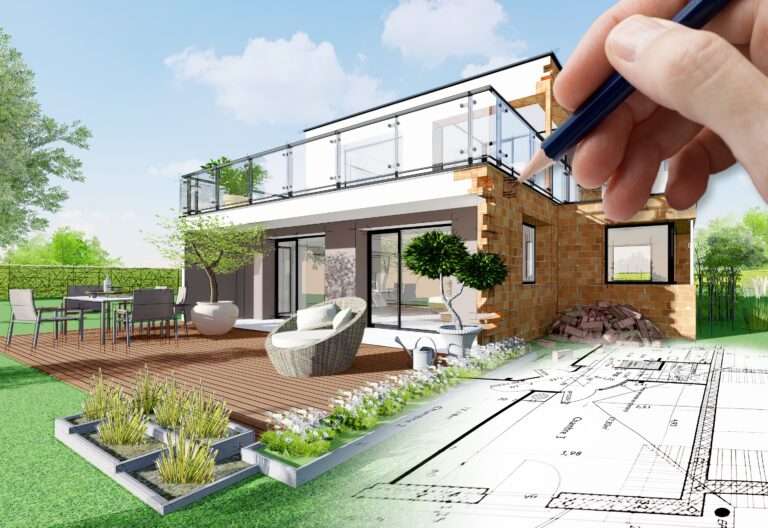The Art of Living Well | Interior Design
The Art of Living Well | Interior Design – Jumping into the world of interior design isn’t just about selecting a pleasing color palette or the most stylish furniture. It’s about creating spaces that invite you to live in them, that soothe your soul after a long day. In this realm, comfort is not just a luxury; it’s a necessity.
Key Takeaways:
- Emphasizing Comfort: Design choices that elevate living spaces into serene, inviting havens.
- Boosting Functionality: How to transform your space to meet your daily needs efficiently.
- Aesthetic Integration: Merging beauty with utility in modern interior design practices.
The Philosophy of Comfort in Interior Design
Comfort in interior design transcends physical ease. It’s about crafting environments that reflect personal aesthetics while being inherently relaxing and welcoming. Picture a living room that not only looks good but feels like a warm embrace when you step in—this is the epitome of a comfortable home.
Functional Spaces: Beyond Aesthetics
While aesthetics draw the eye, functionality makes a space livable. It’s about designing a home that not only looks spectacular but also works impeccably. This section explores how interior design can be leveraged to create highly functional spaces that cater to the diverse needs of their inhabitants.
Maximizing Small Spaces
In urban homes where space is a premium, the challenge isn’t just to make the home look good, but to make every inch count. Smart storage solutions, multi-functional furniture, and clever layouts are the cornerstones of functional interior design.
For more insights on functional design strategies, visit: https://www.nysid.edu/academics/what-is-interior-design
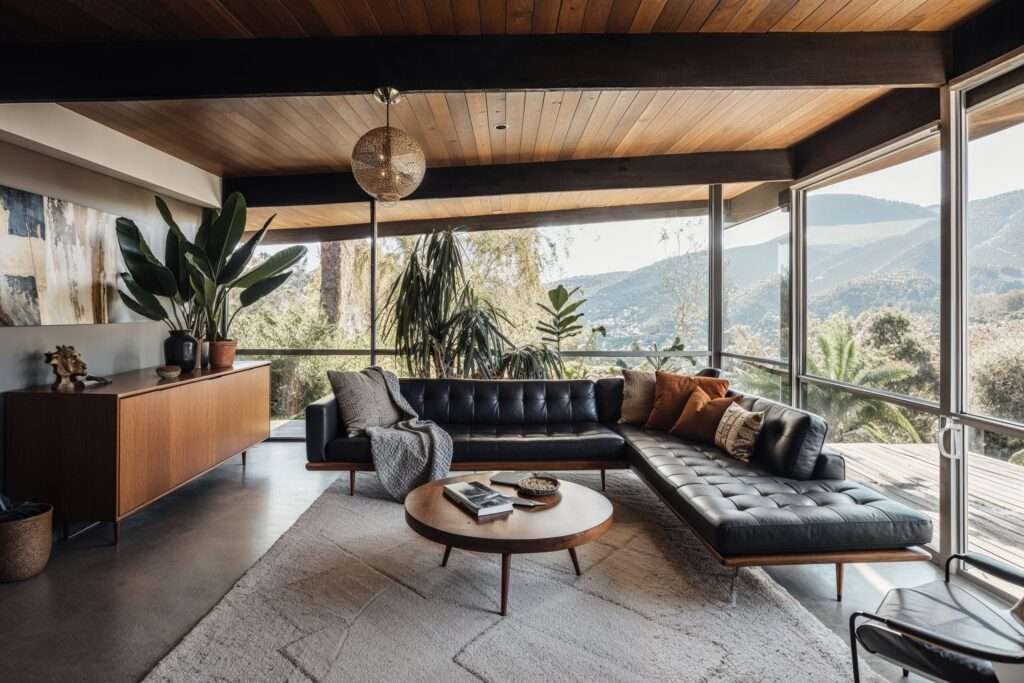
Blending Comfort with Functionality
The real magic happens when interior designers bridge the gap between comfort and functionality. This is not just about choosing furniture that serves a dual purpose but about configuring spaces that flow intuitively and cater to the needs of their users.
Living Rooms that Work and Welcome
Imagine a living room that not only has ample seating for family and friends but also includes hidden compartments for storage and areas designed specifically for children to play safely. These thoughtful touches elevate a mere space into a functional sanctuary.
Explore how designers achieve this balance at: https://www.architecturaldigest.com/story/what-do-interior-designers-do
Innovative Materials and Technology in Interior Design
With advancements in technology and materials, the scope of what can be achieved in interior design has expanded exponentially. From smart homes that adjust to your preferences automatically to materials that are both gorgeous and durable, the options are limitless.
The Role of Technology in Personalized Homes
Smart technology in homes is no longer about controlling your lights and thermostat only. It’s about creating environments that anticipate and react to your needs. This could be as simple as window shades that adjust according to the time of day, or as complex as floors that heat up when the temperature drops.
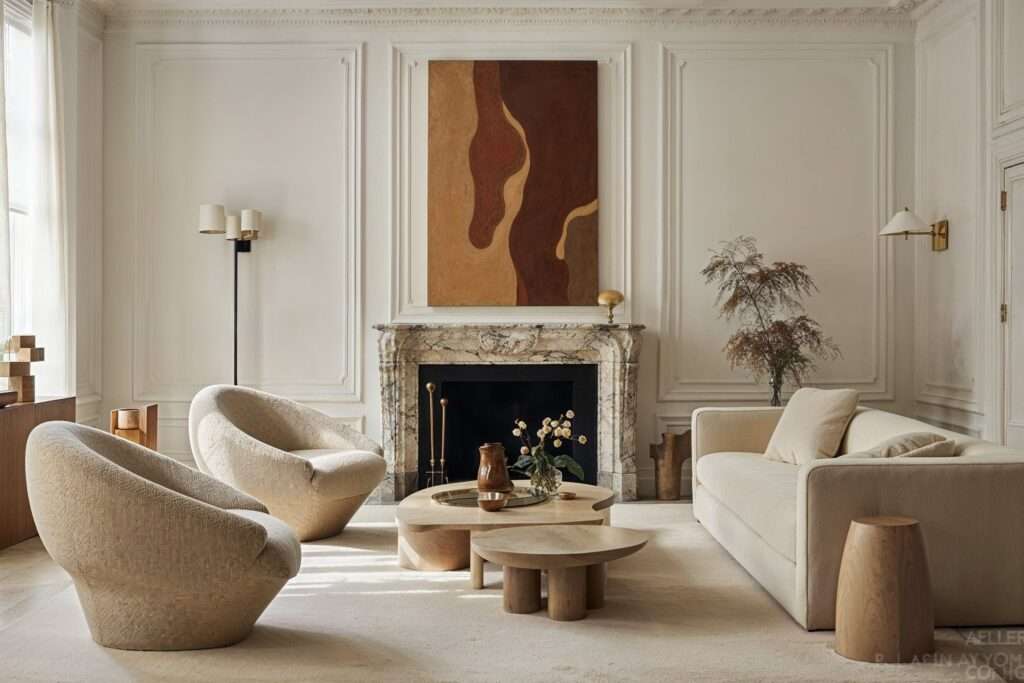
Sustainable Practices in Interior Design
As we become more aware of our environmental impact, sustainability has grown to be a crucial part of interior design. Using materials that are renewable, recyclable, and non-toxic is not just a trend but a commitment to the planet and future generations.
Choosing the Right Materials
Selecting materials isn’t just about color and texture anymore. It’s about understanding where materials come from, their lifecycle, and their impact on both health and environment. For instance, bamboo flooring isn’t just attractive; it’s also sustainable, given its rapid regrowth rate.
For a deeper dive into sustainable materials and practices, check out: https://en.wikipedia.org/wiki/Interior_design
Tables of Interior Design Trends
Recent Trends in Home Comfort and Functionality
| Trend | Description | Impact |
|---|---|---|
| Minimalist Designs | Focus on simplicity and minimalism to reduce clutter and stress. | Increases room functionality and ease of cleaning. |
| Natural Elements | Incorporation of plants, water features, and natural light to enhance mood and air quality. | Promotes mental health and well-being. |
| Tech Integration | Smart homes that adapt to user behavior and preferences. | Enhances personal comfort and energy efficiency. |
Embracing these trends not only creates spaces that are beautiful and practical but also places that genuinely feel like home. This exploration of comfortable homes and functional spaces within interior design shows that the heart of a home lies in its ability to adapt to and reflect the needs and tastes of those who inhabit it.
The Evolution of Modern Kitchens: From Cooking to Living Spaces
Kitchens have transcended their traditional roles as mere sites for meal preparation. They have become central hubs for family interactions, entertainment, and even remote work. This transformation highlights the innovative blend of comfort and function that is pivotal in contemporary interior design.
Designing for Efficiency and Engagement
Modern kitchen designs focus on creating spaces that facilitate not just cooking, but also socializing and working. Features like central islands with seating, advanced appliances that save time and enhance convenience, and open layouts that merge the kitchen with living areas, exemplify this trend.
Discover more about modern kitchen functionalities at: https://www.architecturaldigest.com/story/what-do-interior-designers-do
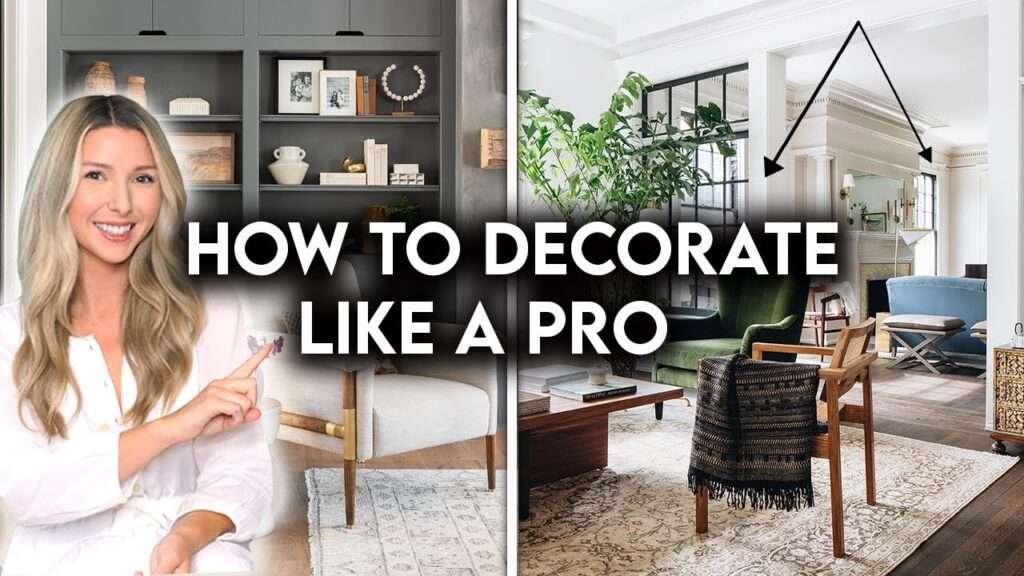
Bedrooms: Sanctuaries of Serenity and Style
In any discussion about comfortable homes, the bedroom holds a special place. It is, after all, where the day begins and ends. The perfect bedroom design combines aesthetics with elements that promote relaxation and rejuvenation.
Elements of a Peaceful Retreat
Key features include calming color schemes, luxurious and ergonomic bedding, and strategic lighting that enhances the mood and functionality of the space. Technologies for climate control and sound insulation also play crucial roles in turning bedrooms into sanctuaries of peace.
Bathrooms: Balancing Utility with Luxury
Bathrooms have evolved from functional quarters to spa-like retreats within the home, illustrating another facet of how interior design merges comfort with functionality. These spaces not only serve daily needs but also provide a private escape.
Spa-Like Bathroom Features
Think of features like deep soaking tubs, rainfall showers, and ambient lighting, which transform a basic bathroom into a luxury experience. Materials such as marble and natural stone contribute to both the beauty and the functionality of these spaces by being durable and easy to clean.
For insights on selecting materials, visit: https://www.nysid.edu/academics/what-is-interior-design
Frequently Asked Questions
What are the key principles of interior design?
Balance: Achieving visual harmony through color, texture, and spacing. Functionality: Designing spaces that fit the daily needs of users. Aesthetics: Ensuring that the space is visually appealing.
How can I make my small apartment feel larger?
Mirrors: Use mirrors to visually expand the space. Multi-functional Furniture: Opt for furniture that offers storage and multiple uses. Light Colors: Choose lighter colors to make rooms appear bigger.
What are some affordable ways to update my interior design?
Textiles: Change up curtains, cushions, and rugs. Paint: A fresh coat of paint can transform a space. DIY Projects: Create your own wall art or refurbish old furniture.
Integrating Smart Home Technology
The integration of smart home technology in interior design not only boosts functionality but also elevates comfort. Automated systems that control lighting, temperature, and security have become increasingly popular, illustrating the dynamic intersection of technology and home design.
Technology for Everyday Living
Imagine your home adjusting the lighting based on the time of day or weather conditions, or security systems that you can monitor from your phone. These innovations not only make life easier but also safer and more energy-efficient.
Embracing Eclectic Styles
In the quest for personalization, eclectic interior design has gained momentum. This style allows for the blending of different eras, textures, and colors, offering a unique canvas to reflect individual tastes and stories.
Creating Cohesive Eclectic Spaces
The key to mastering this style lies in finding a balance that feels intentional. It’s about mixing, not matching, and ensuring that each piece, while distinct, contributes to a harmonious whole.
Emphasizing Comfort and Function in Every Corner
From the kitchen to the bathroom, each element of a home’s design plays a crucial role in crafting spaces that are both beautiful and livable. The journey through interior design is not just about decorating spaces—it’s about redefining them to enhance every aspect of daily living. Each room offers a new opportunity to balance aesthetics with practicality, proving that the best designs are those that truly make a house feel like a home.
In this exploration, we’ve only scratched the surface of the vast world of interior design. As trends evolve and technologies advance, the possibilities for creating spaces that are both functional and inviting will only expand.

